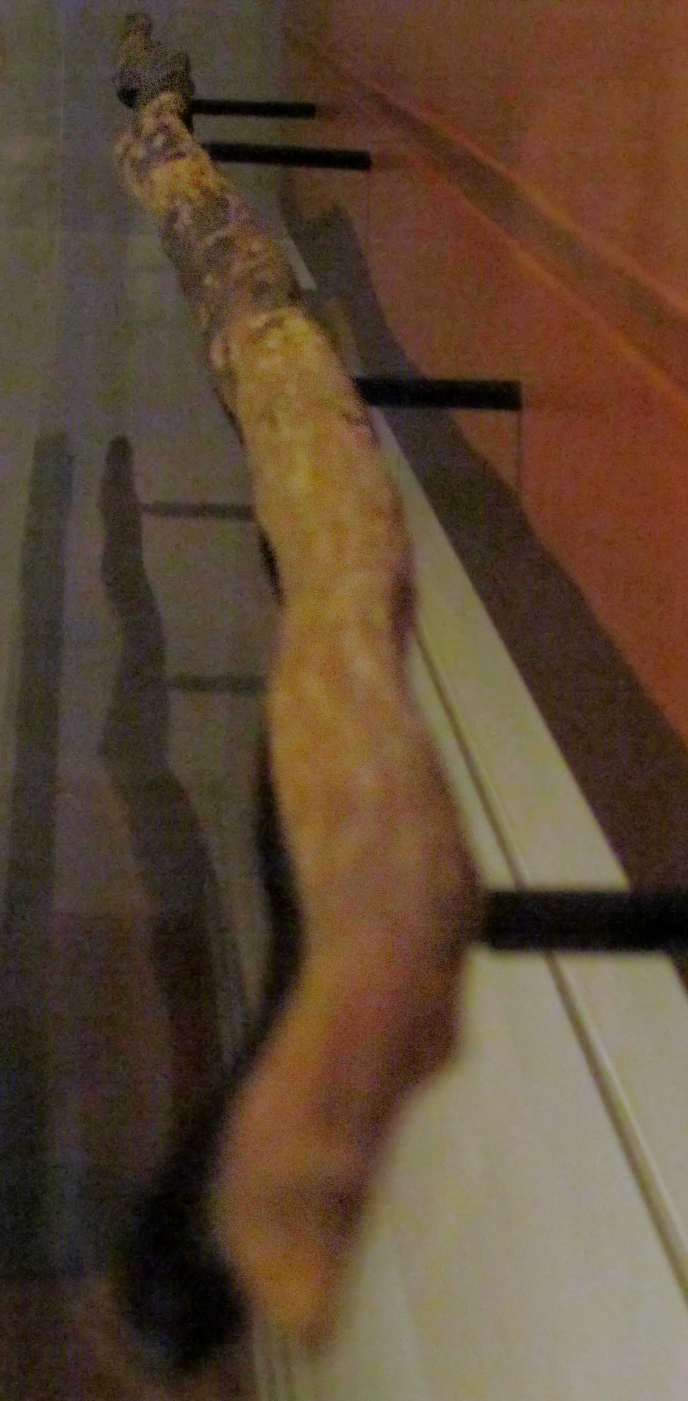|
Hartmut Thieme
Hartmut Thieme (born 20 November 1947 in Oberhausen) is a German prehistoric archaeologist at the Institut für Denkmalpflege in Hannover. He known for leading the team that discovered Europe's oldest known spears in a coal mine in Schöningen Schöningen is a town of about 11,000 inhabitants in the district of Helmstedt, in Lower Saxony, Germany. Geography The town is located on the southeastern rim of the Elm hill range, near the border with the state of Saxony-Anhalt. In its curren ..., Germany. References Further reading *: Hartmut Thieme - ein Berufsleben für die Altsteinzeitforschung in: ', 1/2013, S. 37-39 1947 births Living people Archaeologists from North Rhine-Westphalia {{Germany-archaeologist-stub ... [...More Info...] [...Related Items...] OR: [Wikipedia] [Google] [Baidu] |
Oberhausen
Oberhausen (, ) is a city on the river Emscher in the Ruhr Area, Germany, located between Duisburg and Essen ( ). The city hosts the International Short Film Festival Oberhausen and its Gasometer Oberhausen is an anchor point of the European Route of Industrial Heritage. History Oberhausen was named for its 1847 railway station which had taken its name from the List of castles in North Rhine-Westphalia, Oberhausen Castle. The new borough was formed in 1862 following inflow of people for the local coal mines and steel mills. Awarded town rights in 1874, Oberhausen absorbed several neighbouring boroughs including Alstaden, parts of Styrum and Dümpten in 1910. Oberhausen became a city in 1901, and they incorporated the towns of Sterkrade and Osterfeld in 1929. The Hoechst AG, Ruhrchemie AG synthetic oil plant ("Oberhausen-Holten" or "Sterkrade/Holten") was a bombing target of the oil campaign of World War II, and the US forces reached the plant by 4 April 1945. In 1973, Thyssen AG ... [...More Info...] [...Related Items...] OR: [Wikipedia] [Google] [Baidu] |
Archaeologist
Archaeology or archeology is the scientific study of human activity through the recovery and analysis of material culture. The archaeological record consists of artifacts, architecture, biofacts or ecofacts, sites, and cultural landscapes. Archaeology can be considered both a social science and a branch of the humanities. It is usually considered an independent academic discipline, but may also be classified as part of anthropology (in North America – the four-field approach), history or geography. Archaeologists study human prehistory and history, from the development of the first stone tools at Lomekwi in East Africa 3.3 million years ago up until recent decades. Archaeology is distinct from palaeontology, which is the study of fossil remains. Archaeology is particularly important for learning about prehistoric societies, for which, by definition, there are no written records. Prehistory includes over 99% of the human past, from the Paleolithic until the adve ... [...More Info...] [...Related Items...] OR: [Wikipedia] [Google] [Baidu] |
Schöningen Spears
The Schöningen spears are a set of ten wooden weapons from the Palaeolithic Age that were excavated between 1994 and 1999 from the 'Spear Horizon' in the open-cast lignite mine in Schöningen, Helmstedt district, Germany. They were found together with animal bones and stone and bone tools. The excavations took place under the management of Hartmut Thieme of the Lower Saxony State Service for Cultural Heritage (NLD). The age of the spears, originally assessed as being between 380,000 and 400,000 years old, was estimated from their stratigraphic position, 'sandwiched between deposits of the Elsterian and Saalian glaciations, and situated within a well-studied sedimentary sequence.' However, more recently, thermoluminescence dating of heated flints in a deposit beneath that which contained the spears date the spears to between 337,000 and 300,000 years old, placing them at the end of the interglacial Marine Isotope Stage 9. The Schöningen spears thus postdate the earlier fragm ... [...More Info...] [...Related Items...] OR: [Wikipedia] [Google] [Baidu] |
Schöningen
Schöningen is a town of about 11,000 inhabitants in the district of Helmstedt, in Lower Saxony, Germany. Geography The town is located on the southeastern rim of the Elm hill range, near the border with the state of Saxony-Anhalt. In its current form, it was created in 1974 by joining the municipalities of Esbeck, Hoiersdorf, and Schöningen. Schöningen station was served by regional trains on the Wolfenbüttel–Helmstedt railway line until it was closed in 2007. The town is a stop on the scenic German Timber-Frame Road. History In archaeology, Schöningen is famous for the Schöningen Spears, four ancient wooden spears found in an opencast mine near the town (Bamford & Henderson 2003). The spears are about 400,000 years old (Klein. 2005. p114), making them the world's oldest human-made wooden artifacts, as well as the oldest weapons, ever found. Three of them were probably manufactured as projectile weapons, because the weight and tapered point is at the front of the spea ... [...More Info...] [...Related Items...] OR: [Wikipedia] [Google] [Baidu] |
Living People
Related categories * :Year of birth missing (living people) / :Year of birth unknown * :Date of birth missing (living people) / :Date of birth unknown * :Place of birth missing (living people) / :Place of birth unknown * :Year of death missing / :Year of death unknown * :Date of death missing / :Date of death unknown * :Place of death missing / :Place of death unknown * :Missing middle or first names See also * :Dead people * :Template:L, which generates this category or death years, and birth year and sort keys. : {{DEFAULTSORT:Living people 21st-century people People by status ... [...More Info...] [...Related Items...] OR: [Wikipedia] [Google] [Baidu] |
.jpg)

